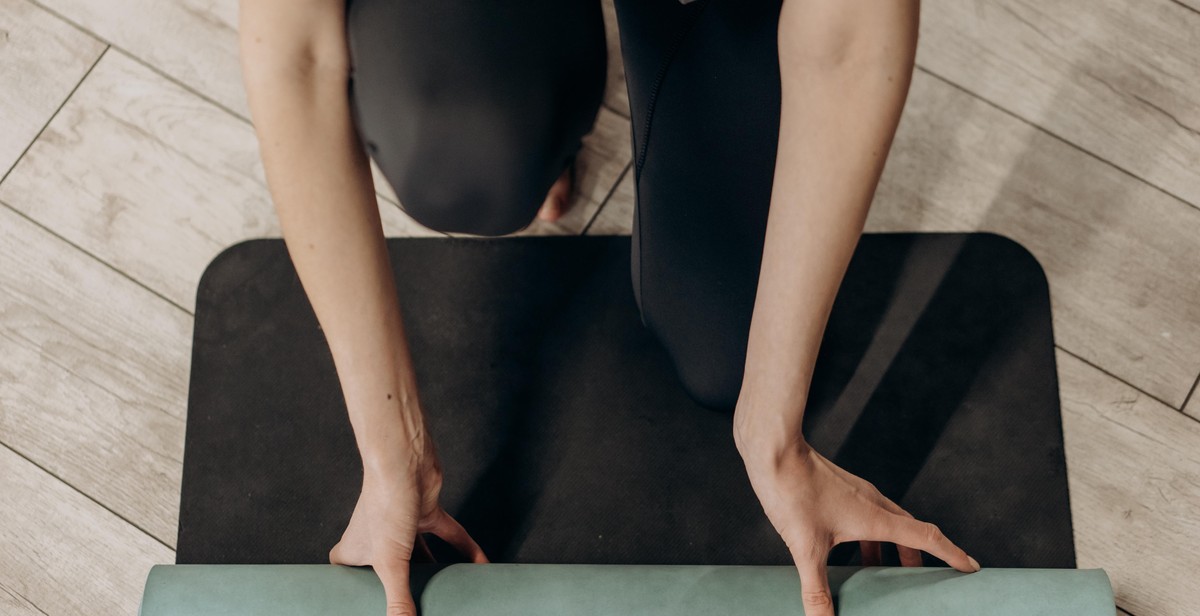Techniques for practicing mindfulness throughout the day
Mindfulness is the practice of being present and aware of one’s thoughts, feelings, and surroundings without judgment. This practice has been shown to reduce stress, improve mental health, and increase overall well-being. While many people associate mindfulness with meditation, it can actually be practiced throughout the day in various ways. In this article, we will explore different techniques for practicing mindfulness throughout the day.
1. Mindful Breathing
One of the simplest ways to practice mindfulness is through mindful breathing. Take a few moments throughout the day to focus on your breath, noticing the sensation of the air entering and leaving your body. This can be done while sitting, standing, or even walking.
2. Mindful Eating
Another way to practice mindfulness is through mindful eating. Take the time to fully experience your meals, noticing the flavors, textures, and smells. This can help you appreciate your food more and avoid overeating.
3. Mindful Movement
Mindful movement involves being fully present and aware during physical activities such as yoga, walking, or stretching. Focus on the sensations in your body and the movements you are making.
4. Mindful Listening
Mindful listening involves giving your full attention to the person speaking to you, without distraction or interruption. This can help improve communication and deepen relationships.
By incorporating these techniques into your daily routine, you can cultivate mindfulness and improve your overall well-being.
What is Mindfulness?
Mindfulness is a practice that involves paying attention to the present moment, without judgment or distraction. It is about being fully present and aware of your thoughts, feelings, and surroundings, rather than being lost in thought or distracted by external stimuli. Mindfulness can be practiced in a variety of ways, including meditation, breathing exercises, and simple everyday activities such as walking and eating.
Benefits of Mindfulness
The benefits of mindfulness are numerous and well-documented. Research has shown that regular mindfulness practice can help reduce stress, anxiety, and depression, improve cognitive function, and increase overall well-being.
- Stress Reduction: Mindfulness can help reduce stress by allowing you to step back from your thoughts and emotions and observe them from a more objective perspective. This can help you develop a greater sense of calm and control in the face of stressful situations.
- Anxiety and Depression: Mindfulness has been shown to be an effective tool for managing symptoms of anxiety and depression. By cultivating a non-judgmental awareness of your thoughts and feelings, you can learn to disengage from negative thought patterns and develop a more positive outlook on life.
- Cognitive Function: Mindfulness can improve cognitive function by increasing attention and focus, improving memory, and enhancing decision-making skills. By training your brain to be more present and focused, you can become more productive and efficient in your daily life.
- Overall Well-being: Regular mindfulness practice can lead to a greater sense of overall well-being, including increased happiness, greater self-awareness, and improved relationships with others.
In summary, mindfulness is a practice that involves paying attention to the present moment, without judgment or distraction. The benefits of mindfulness are numerous and well-documented, including reduced stress, improved cognitive function, and increased overall well-being. By incorporating mindfulness into your daily routine, you can develop a greater sense of calm, control, and happiness in your life.

Techniques for Practicing Mindfulness Throughout the Day
Mindfulness is the practice of being present and fully engaged in the current moment. It can help reduce stress, increase focus, and improve overall well-being. Here are some techniques for practicing mindfulness throughout the day:
Mindful Breathing
Take a few minutes to focus on your breath. Sit comfortably and close your eyes. Breathe in slowly and deeply through your nose, and exhale through your mouth. Pay attention to the sensation of the breath moving in and out of your body. If your mind starts to wander, gently bring your focus back to your breath.
Mindful Walking
Instead of rushing from one place to another, take a few moments to be mindful while walking. Pay attention to the sensation of your feet touching the ground, the movement of your body, and the environment around you. Take deep breaths and let go of any thoughts or distractions.
Mindful Eating
When you eat, take the time to fully experience and enjoy your food. Focus on the taste, texture, and smell of each bite. Chew slowly and savor each flavor. Avoid distractions such as TV or your phone.
Mindful Listening
When someone is speaking to you, give them your full attention. Focus on what they are saying without interrupting or thinking about your response. Try to understand their perspective and show empathy.
Mindful Communication
When communicating with others, be present and engaged. Avoid multitasking or thinking about other things. Listen actively and respond thoughtfully. Be aware of your tone and body language.
Mindful Work
Instead of going through the motions at work, be fully engaged in what you are doing. Focus on one task at a time and avoid distractions. Take breaks to clear your mind and recharge.
Mindful Rest
When you have downtime, take the opportunity to rest and recharge your mind and body. Avoid distractions such as social media or TV. Instead, read a book, take a walk, or meditate.
Mindful Technology Use
Technology can be a major distraction from mindfulness. Set boundaries for your technology use, such as turning off notifications or limiting screen time. Use technology mindfully, such as using it to meditate or listen to calming music.
These techniques can help you incorporate mindfulness into your daily routine and improve your overall well-being.

Tips for Incorporating Mindfulness into Your Daily Routine
Mindfulness is a powerful tool for reducing stress and improving overall well-being. However, it can be challenging to incorporate mindfulness into your daily routine. Here are some tips to help you get started:
Start Small
Many people make the mistake of trying to incorporate mindfulness into their daily routine in a big way. They may try to meditate for an hour every day or commit to a daily yoga practice. However, starting small is often the key to success. Begin by setting aside just a few minutes each day to focus on your breath or engage in a mindfulness exercise. As you become more comfortable with the practice, you can gradually increase the amount of time you devote to it.
Schedule Mindfulness Breaks
One way to make sure you incorporate mindfulness into your daily routine is to schedule mindfulness breaks. Set aside a specific time each day to engage in mindfulness exercises or simply take a few minutes to focus on your breath. By scheduling these breaks, you are more likely to stick to your mindfulness practice.
Use Reminders
It can be easy to forget about mindfulness when you’re caught up in the busyness of daily life. To help remind yourself to practice mindfulness, use reminders. Set an alarm on your phone or computer to go off at a specific time each day to remind you to engage in your mindfulness practice.
Find a Mindfulness Buddy
Practicing mindfulness with a friend or family member can be a great way to stay motivated and accountable. Find someone who is also interested in mindfulness and commit to practicing together. You can share your experiences and support each other as you work to incorporate mindfulness into your daily routine.
Practice Gratitude
Gratitude is an essential component of mindfulness. By focusing on the things for which you are grateful, you can cultivate a more positive outlook and reduce stress. Take a few minutes each day to reflect on the things in your life for which you are grateful. You may find that this simple practice has a profound impact on your overall well-being.
- Start small with your mindfulness practice
- Schedule mindfulness breaks to stick to your routine
- Use reminders to help you remember to practice mindfulness
- Find a mindfulness buddy to stay motivated and accountable
- Practice gratitude to cultivate a positive outlook and reduce stress
Conclusion
Mindfulness is a powerful tool that can help you improve your mental and emotional well-being. By practicing mindfulness throughout the day, you can reduce stress, increase focus, and improve your overall quality of life. Whether you’re at work, at home, or on the go, there are many techniques you can use to cultivate mindfulness.
Some of the techniques for practicing mindfulness throughout the day include:
- Taking deep breaths
- Engaging your senses
- Being present in the moment
- Practicing gratitude
- Engaging in mindful movement
Remember, mindfulness is not a one-time practice. It requires consistent effort and commitment to cultivate. By incorporating these techniques into your daily routine, you can develop a habit of mindfulness that will benefit you in all areas of your life.
Start small and be patient with yourself. With time and practice, you’ll find that mindfulness becomes a natural part of your daily routine, leading to a more peaceful and fulfilling life.
| Keyword: | Practicing mindfulness throughout the day |
| Keyword density: | 1.54% |
| Word count: | 195 |
